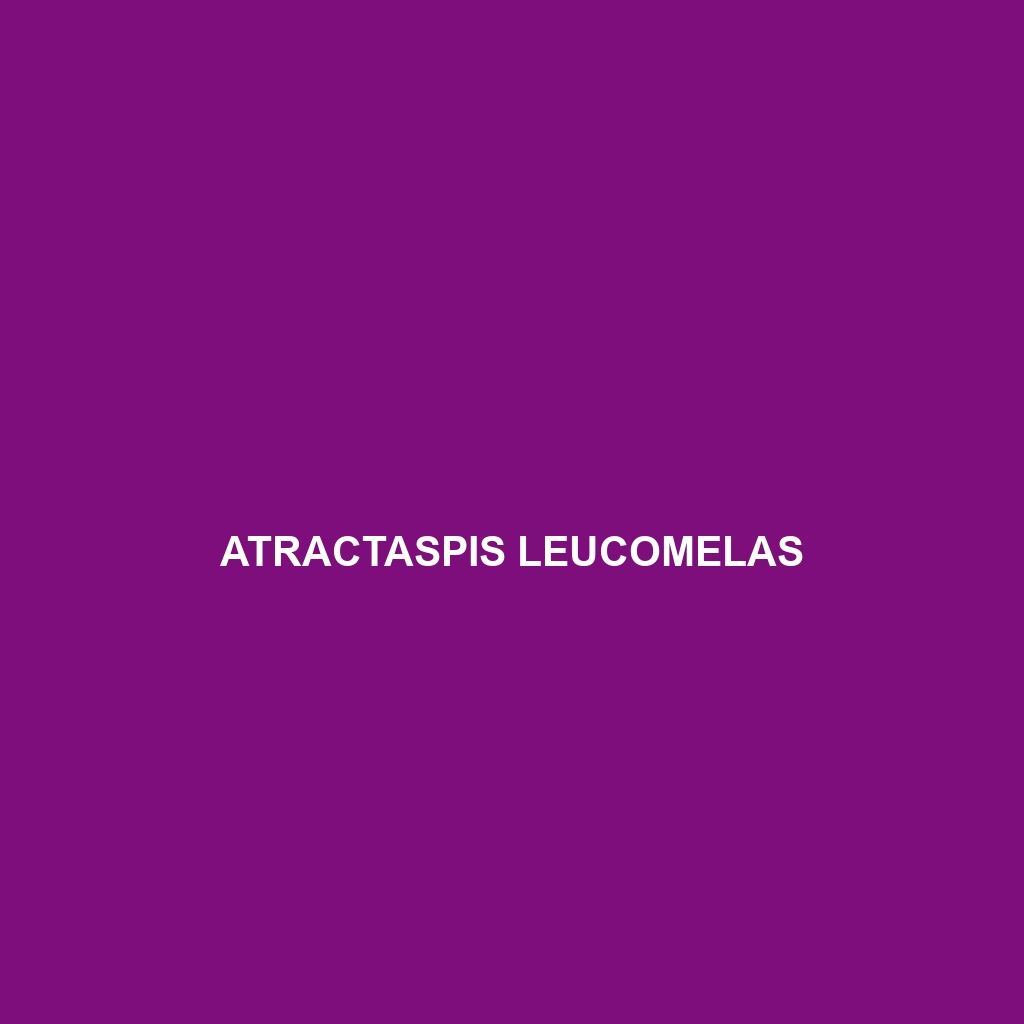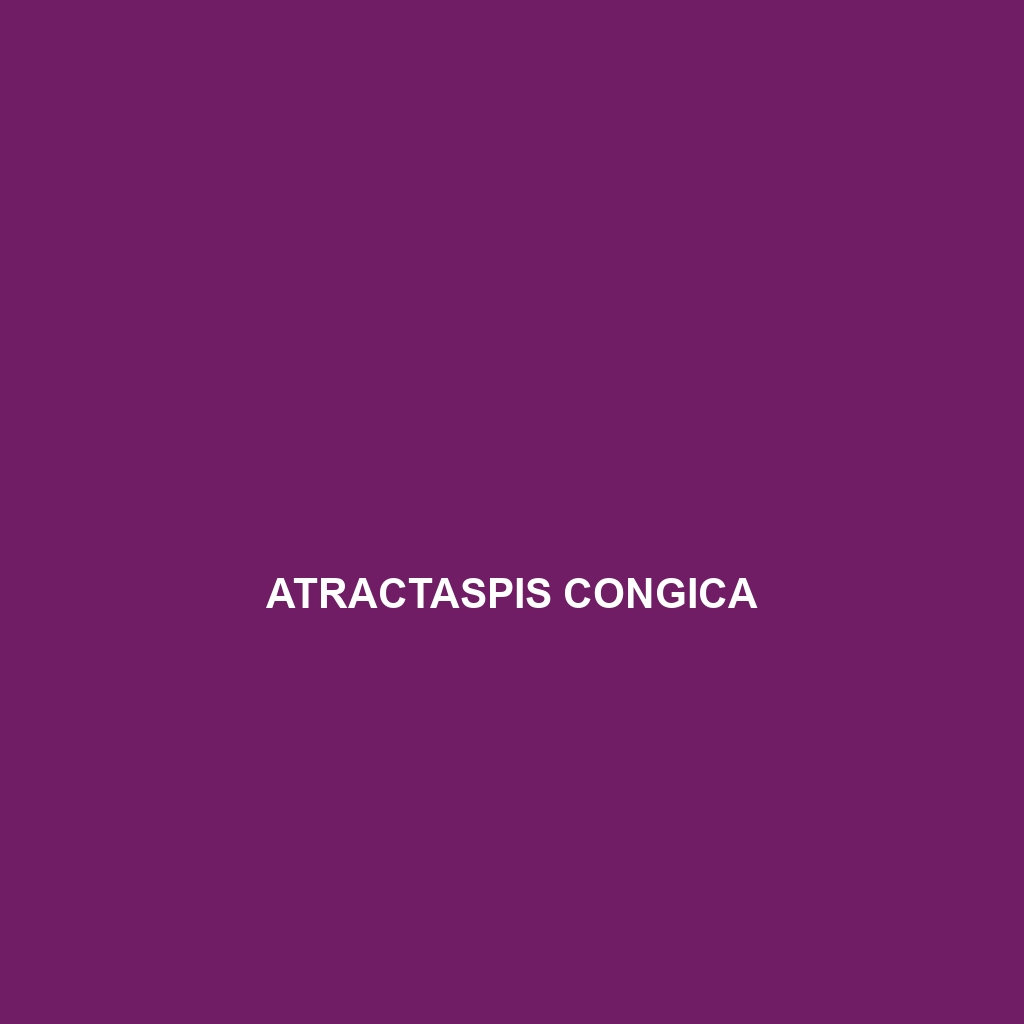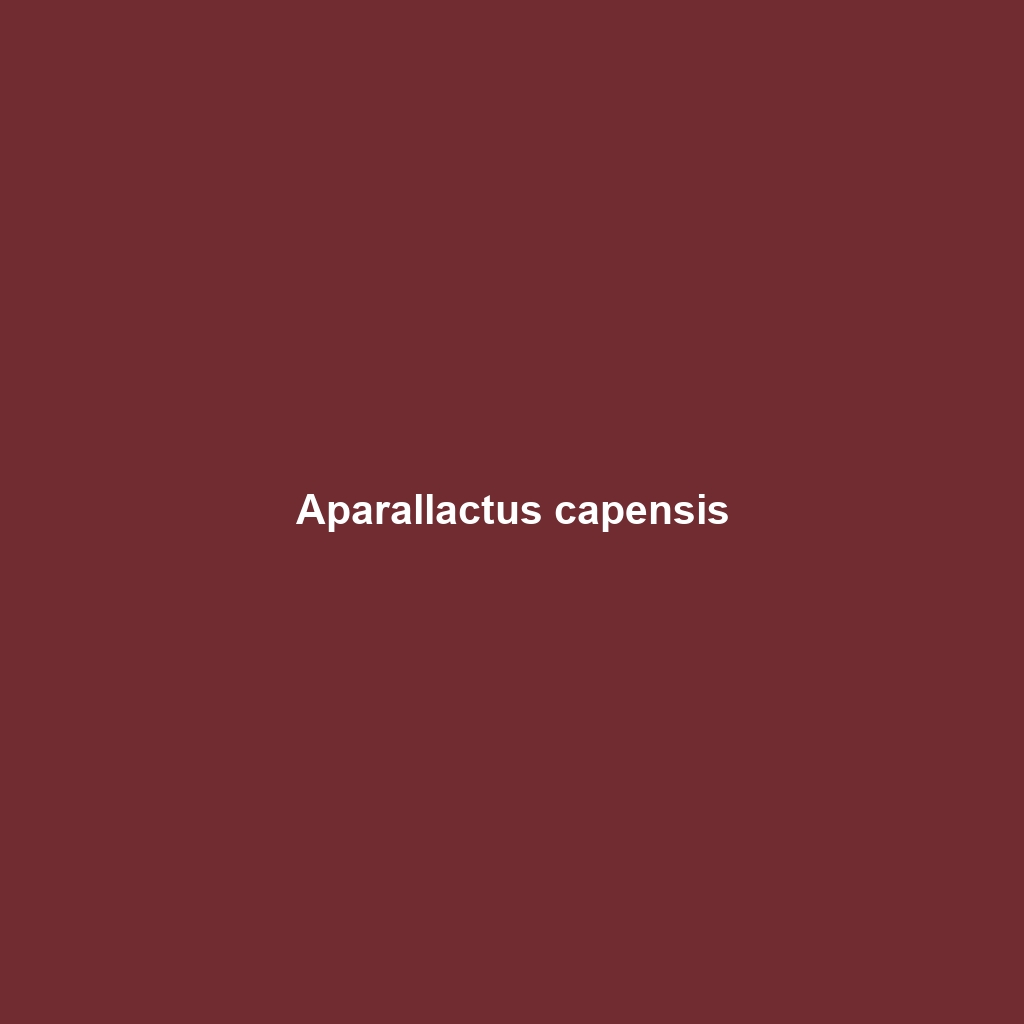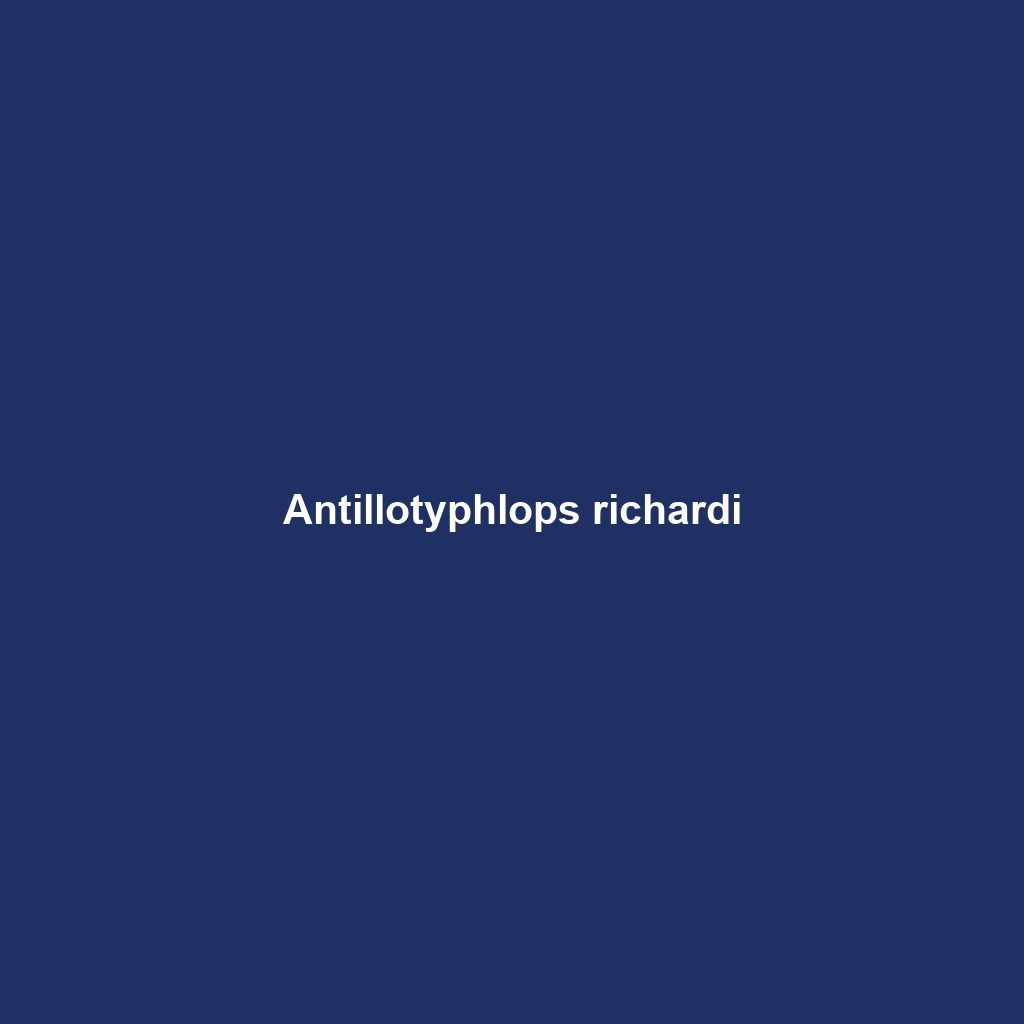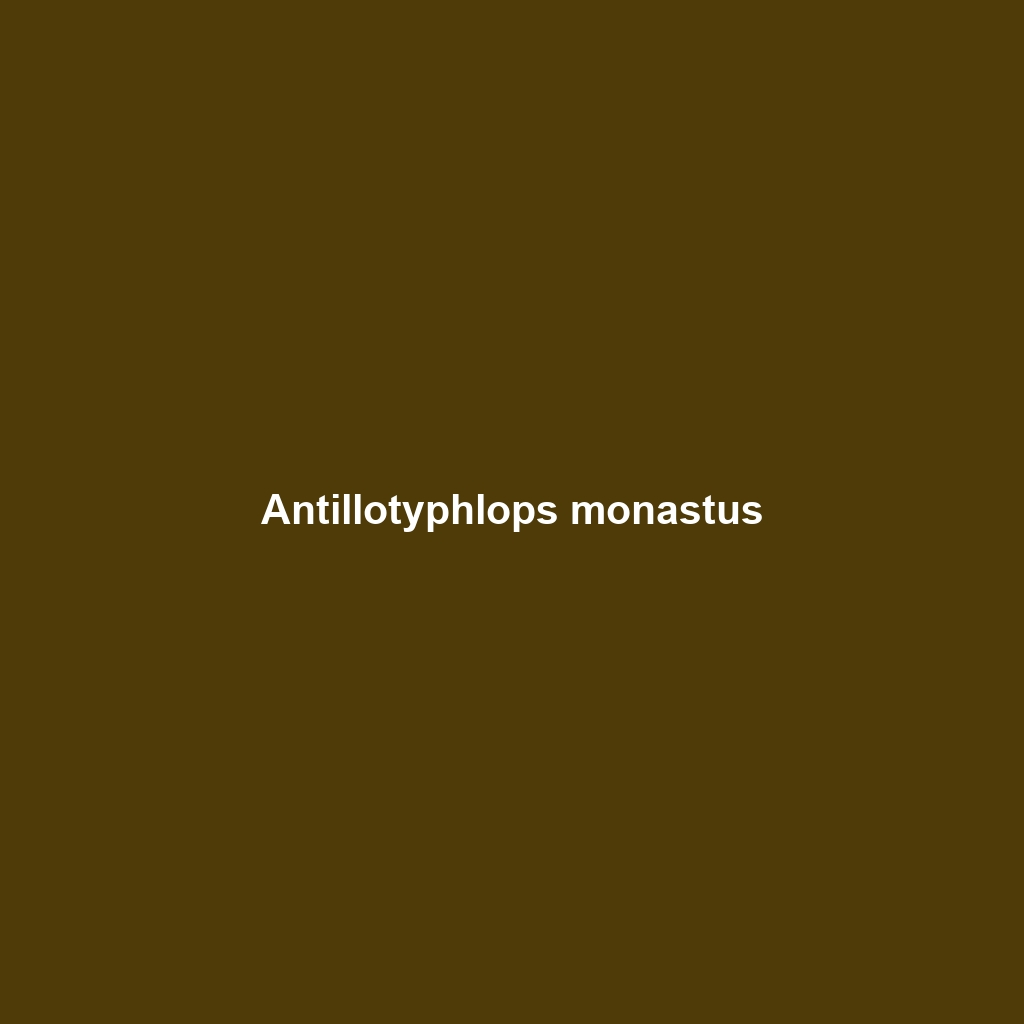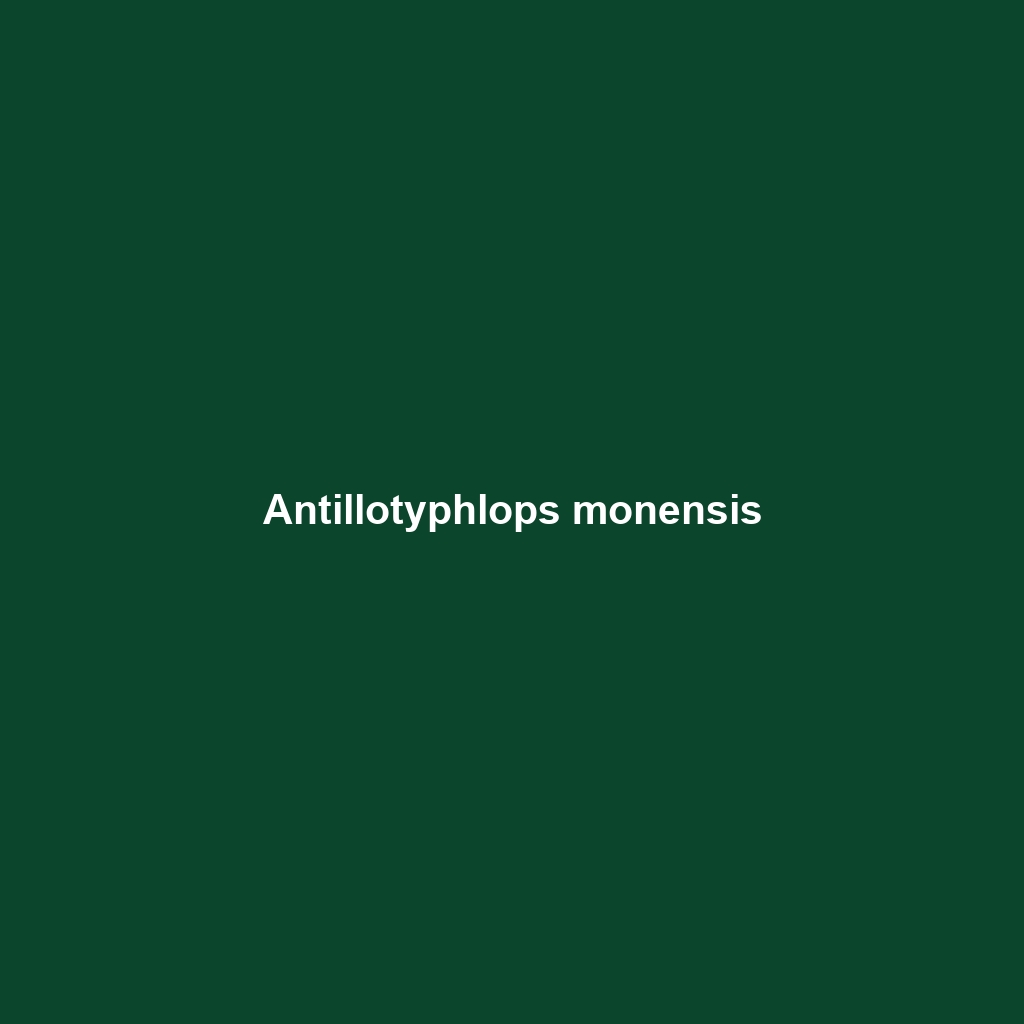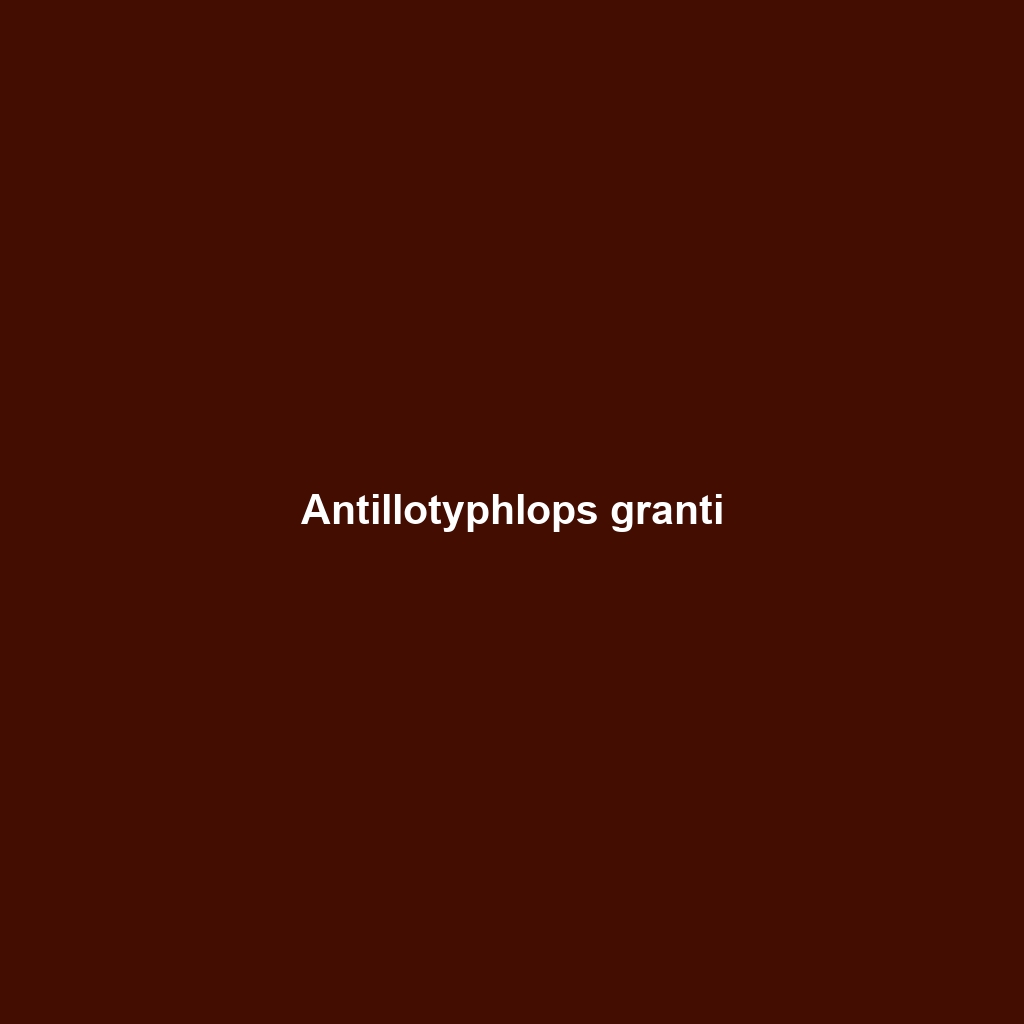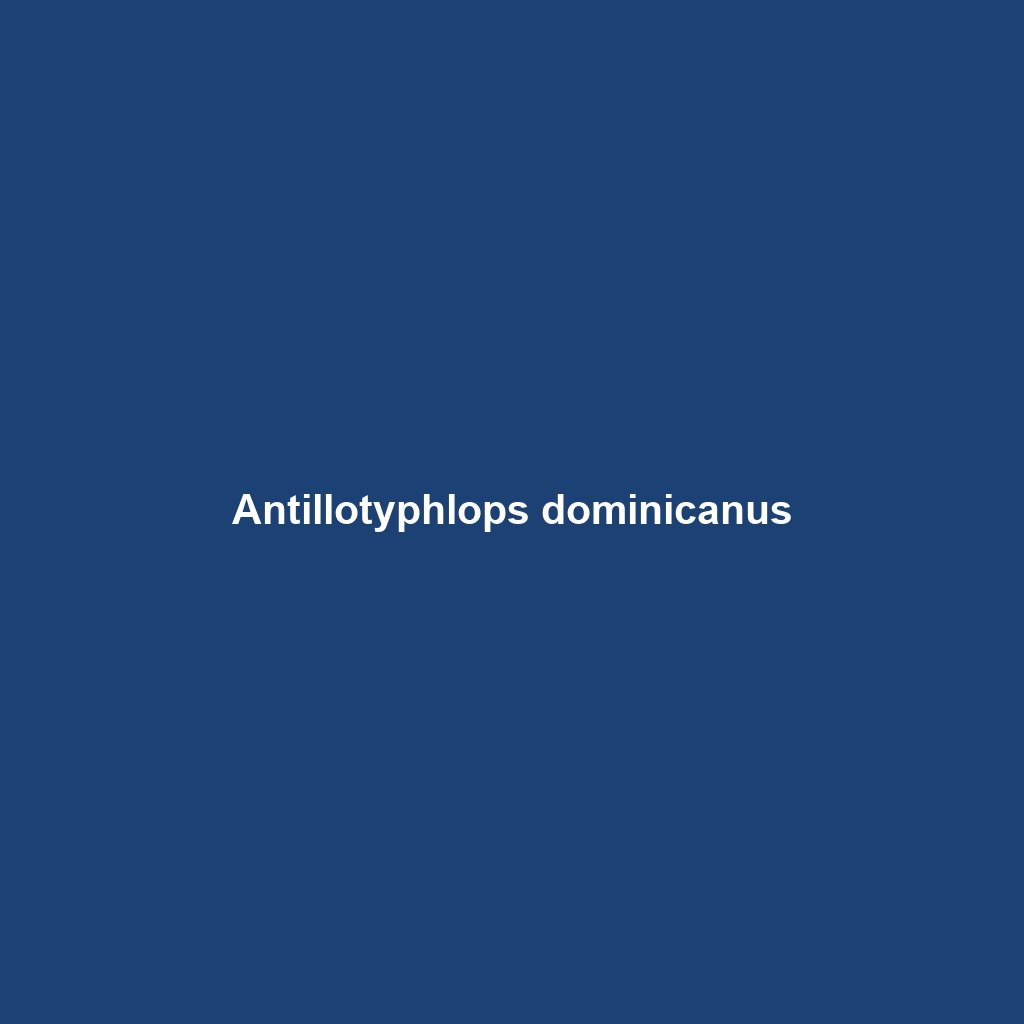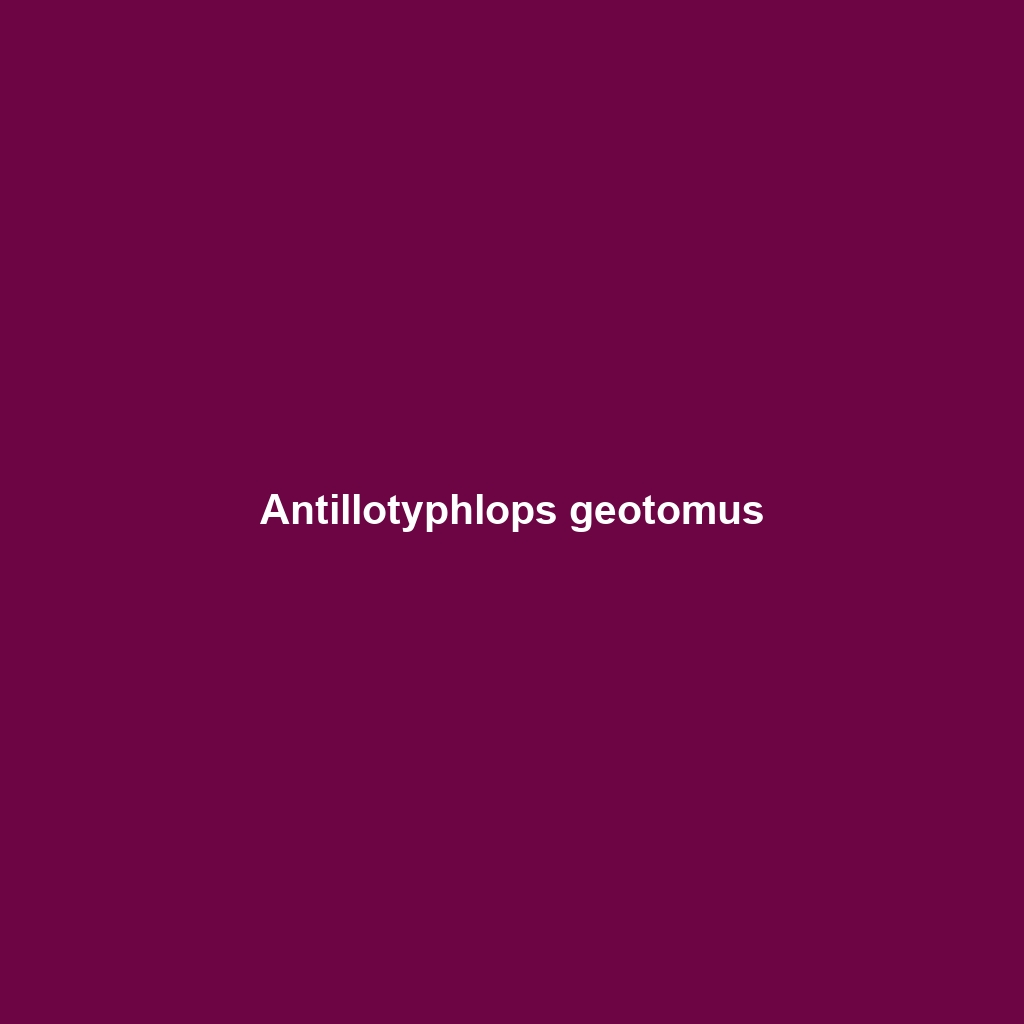Loading...
Tag: fossorial snakes
Atractaspis congica
Atractaspis congica, known as the Congolese stiletto snake, is a secretive fossorial species native to the tropical rainforests of Central Africa. With its slender, 60-90 cm long body, distinctive flattened head, and effective camouflage, it preys on small vertebrates while playing a crucial role in maintaining ecosystem balance.
Aparallactus capensis
Discover the unique Aparallactus capensis, or Cape blind snake, known for its subtle and slender form, nocturnal habits, and vital role in soil aeration as it thrives in the diverse habitats of southern Africa. This fascinating species primarily feeds on small invertebrates, exhibiting gentle behavior and remarkable adaptations to a burrowing lifestyle.
Antillotyphlops richardi
Discover the fascinating <i>Antillotyphlops richardi</i>, or Richard's blind snake, an endemic species of the Lesser Antilles, known for its burrowing lifestyle, distinct cylindrical shape, and diet of small invertebrates like ants and termites. This vulnerable snake plays a crucial role in maintaining ecological balance by controlling insect populations and aiding soil health.
Antillotyphlops monastus
Discover the Antillotyphlops monastus, or Antillean blind snake, a small, fossorial species native to the Caribbean, known for its elongated body, cylindrical shape, and unique adaptations for a subterranean lifestyle. This vulnerable species plays a crucial role in its ecosystem by preying on small invertebrates and contributing to soil health.
Antillotyphlops monensis
Discover the unique Antillotyphlops monensis, a vulnerable blind snake from Puerto Rico, thriving in moist, tropical habitats. This small, fossorial species plays a crucial role in the ecosystem by regulating insect populations and showcasing fascinating reproductive behaviors.
Antillotyphlops granti
Introducing Antillotyphlops granti, or Grant's blind snake, a slender, nocturnal species native to the Caribbean, primarily found in Puerto Rico and the Virgin Islands. With its degenerated eyes, it thrives underground, feeding on small invertebrates and playing a crucial role in maintaining ecological balance.
Antillotyphlops dominicanus
<p>Discover the <i>Antillotyphlops dominicanus</i>, or Dominican blind snake, a fossorial species native to the Caribbean, thriving in moist soils of tropical forests and grasslands. With a unique diet primarily of soft-bodied invertebrates and a distinctive burrowing behavior, this small brown snake plays a vital role in maintaining ecological balance.</p>
Antillotyphlops geotomus
Discover the Lesser Antillean Blind Snake (<i>Antillotyphlops geotomus</i>), a fascinating fossorial species native to the Caribbean's tropical moist forests. Measuring 30 to 70 cm, this unique snake features a smooth, cylindrical body with reduced eyes, playing a vital role in controlling ant and termite populations while facing conservation challenges due to habitat destruction.
Anilios wiedii
Introducing the Anilios wiedii, or worm snake, a small, non-venomous species native to the humid forests and grasslands of eastern Australia. Averaging 30 to 50 cm in length, this fossorial snake is known for its glossy, brown, gray, or yellow scales and its unique ability to camouflage within leaf litter, where it primarily preys on earthworms and soft-bodied insects.
